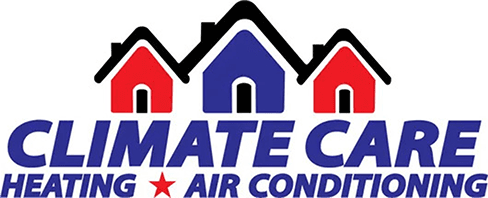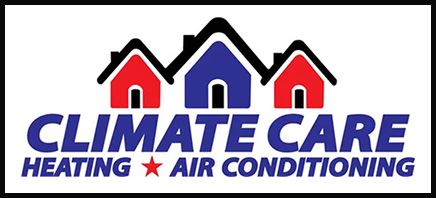Not every danger to your family is obvious. Carbon monoxide is a hazardous unscented gas that can be emitted from appliances, gas-burning cars, natural oils and wood, or propane. Every household can be at risk of carbon monoxide poisoning, so, using this guide, be sure to take the necessary precautions to keep your family safe. Keep reading to learn how to detect, prevent, and take action against carbon monoxide poisoning.
What are the symptoms of carbon monoxide poisoning?
According to the CDC, more than 100,000 people are admitted to the emergency room due to carbon monoxide poisoning every year. Additionally, around 420 people die from this gas annually. At first, the symptoms mimic those of the flu, without the fever. Then, as carbon monoxide builds up in the blood, it affects the head and the heart. It can cause symptoms such as nausea, headache, dizziness, confusion, loss of muscle control, and blurred vision. If you or someone in your household is experiencing these symptoms, move outside or to a place with fresh air and get medical help immediately.
How to prevent carbon monoxide poisoning
One of the best things you can do to prevent carbon monoxide is to ensure your furnace or heating units have been installed correctly by a professional. When heaters or furnaces are improperly installed, they can cause gas leaks and lead to carbon monoxide emittance. If you are moving into an older building, have an HVAC professional check your appliances to ensure they won’t cause any problems. Additionally, make sure that you schedule regular maintenance on your unit. You want to be aware of any issues so you can fix cracks if they occur.
Be aware that carbon monoxide can build up in your garage if you keep your car on after parking. Even if the garage door is open, the carbon monoxide emitted from your engine can be dangerous to your health. After you have parked, turn off your engine right away and never wait in your car for an extended period of time.
Additionally, use gas-burning appliances only for their intended purpose. Never use gas stoves or ovens for heat. If you are using a gas space heater, keep a close eye on it and only use it outdoors or when windows are open.
How to detect carbon monoxide in your home
Every home should have a carbon monoxide detector. Always use a battery-operated alarm, as plug-in detectors will fail to go off if there is a carbon monoxide leak while the power is out. Make sure that the detector is mounted in your home at least five feet above the floor or on the ceiling. Use your HVAC maintenance schedule as a reminder to also check the batteries in your alarm system, or be sure to check batteries every six months.
How to take action against carbon monoxide build-up
If you think there’s carbon monoxide present in your home, the first thing you should do is go outside and call 911. Remember that exhaust from cars can quickly build up carbon monoxide in a garage, even with the door open, so turn off your car right after you park and don’t linger in your running car in the garage.


